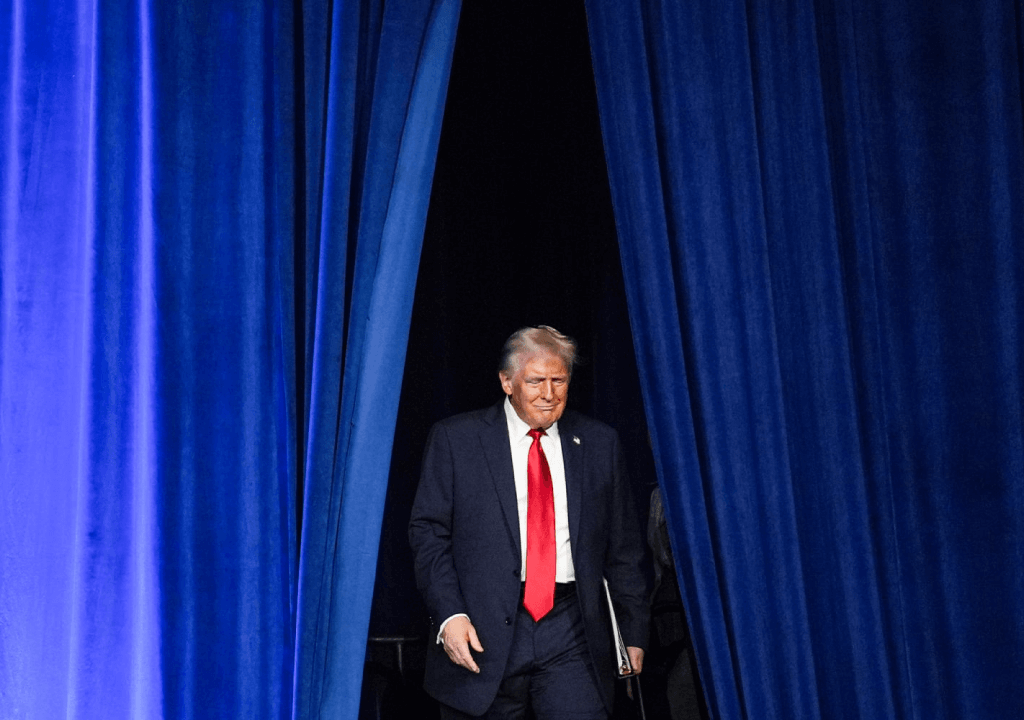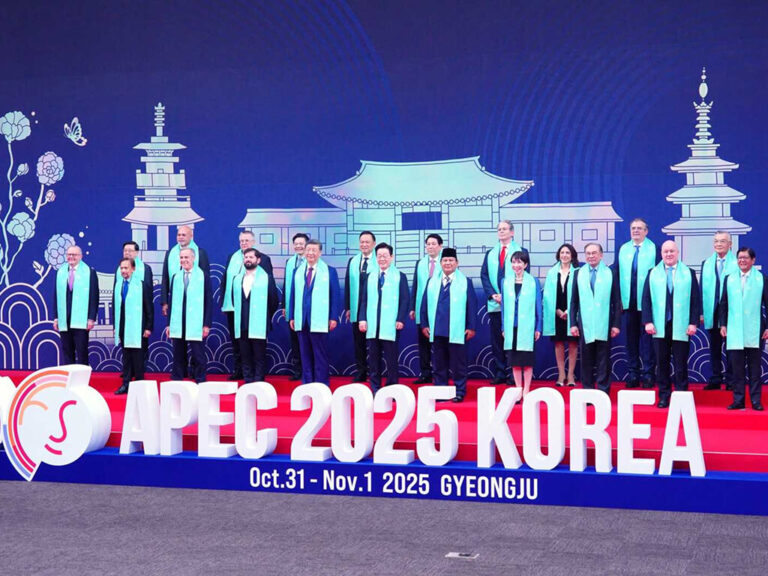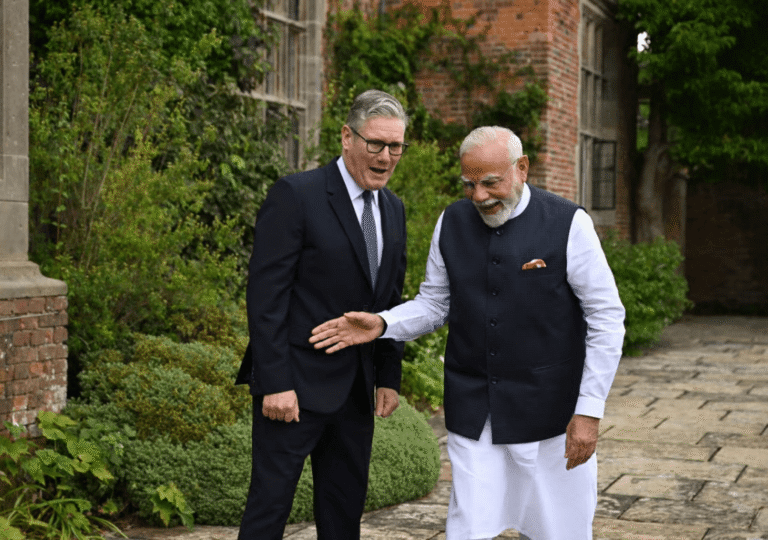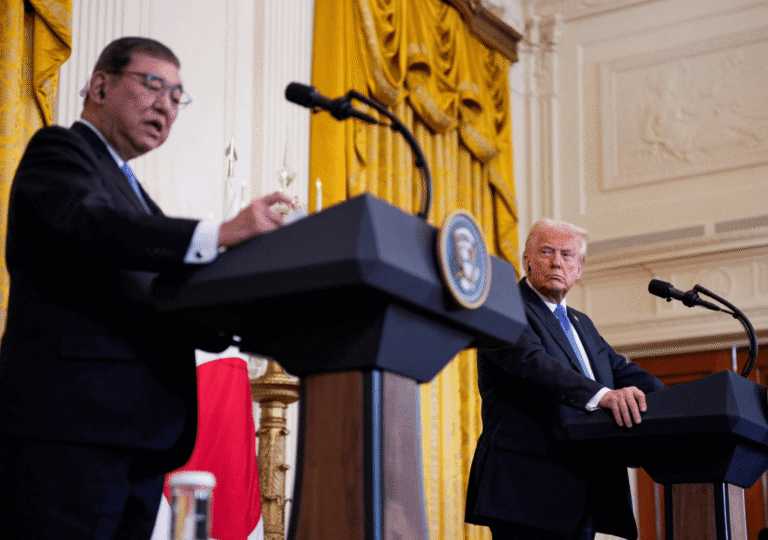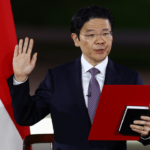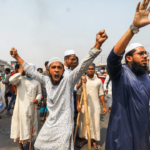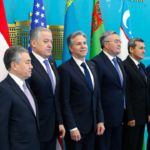Donald Trump has been confirmed as the next U.S. president, defeating incumbent Vice President Kamala Harris. As the 47th president, he will take office next year, though his return to the post after a defeat is already resonating worldwide. The U.S. president’s role extends beyond national borders, shaping global direction and policy. Asia, the world’s focal point this century, is preparing for Trump’s return, and he is likely to focus more on the region in his second term compared to his predecessors, who primarily concentrated on Europe and Latin America.
In his last term, which ended four years ago, Trump clearly demonstrated his approach as a businessman-turned-politician. While the Biden administration has since reshaped the global landscape, Trump is expected to resume his previous style, promoting closer ties between Saudi Arabia and Israel, taming Russia and Iran, shifting U.S. alliances from Pakistan toward India, challenging China, and reinforcing U.S. relations with East Asia.
The war-ridden Middle East anticipates Trump’s immediate attention. Many Arab Americans expressed anger over the Democratic Party’s failure to address regional issues, which contributed to their loss. Trump is expected to be more reactive in the region than Biden. He has been a staunch supporter of Israel and has built strong ties with Israel and its Prime Minister Netanyahu, while Democrats, especially Kamala Harris, have advocated for a two-state solution and support for Palestine. Trump recognized Jerusalem as Israel’s capital, moved the U.S. embassy there, and encouraged allies to follow suit. During his previous tenure, he also proposed a peace plan that, while heavily favoring Israel, was still somewhat workable.
Trump’s pro-Israel approach led many to fear it would deteriorate relations with Muslim states. However, while openly supporting Israel, he also established a strong relationship with Saudi Arabia and the Crown Prince, despite heavy criticism from human rights watchdogs and significant opposition both within the U.S. and abroad. His efforts resulted in closer ties between several Muslim nations and Israel, with Saudi Arabia nearly formalizing relations. Some Republicans even nominated Trump for a Nobel Peace Prize for these actions, and many believe Saudi Arabia would have formalized relations with Israel had Trump won a second term four years before instead of Biden.
During Biden’s term, Saudi Arabia became increasingly distant and pursued other alliances, including with Russia. Many believe Trump can fix this and could persuade Netanyahu to negotiate a ceasefire. However, regarding Iran, Trump is expected to maintain a hardline stance against the regime, and a closer U.S.-Israel alignment could further pressure Iran, potentially fueling internal unrest. Conflicts in Syria and Iraq will likely persist, with additional U.S. support expected for the Kurds. Turkey, under Erdogan’s vision of Ottoman revival, may continue a balanced approach rather than adopting a more assertive role.
Central Asia and Russia are also likely to remain in Trump’s focus. Given his alleged close ties with Putin, many believe he may work to resolve the conflict between Ukraine and Russia. As a seasoned negotiator, Trump might aim to broker an agreement between both sides. During his campaign, Trump acknowledged American frustration over spending on Ukraine, suggesting a resolution may be near. In exchange for potential cooperation with Russia, Trump might reduce U.S. involvement in Russia’s sphere of influence in Central Asia, an area where Biden sought to weaken Moscow’s control.
In South Asia, Trump’s interest in the Indian market was evident during his previous term. He cultivated a strong relationship with Indian Prime Minister Narendra Modi, and both view each other as close allies. However, as nationalists, they often balance competing interests. Nonetheless, the mutual reliance between the U.S. and India—both in terms of American production needs and the Indian market, and vice versa—suggests that major deals may soon follow. Despite her Indian heritage, Kamala Harris is often seen by Indian media as opposing Modi due to her stance on certain policies. It was also clear that Indian media endorsed Trump during the campaigns. This alignment creates room for more significant developments between the U.S. and India, while Islamic nations in the region, like Pakistan and Bangladesh, may face challenges due to Trump’s pro-India and pro-Hindu stance.
In East Asia, Trump’s relationship with China is likely to worsen as he opposes any economic growth in China that might threaten U.S. market dominance. Trump initiated the ongoing trade wars, and further actions against Chinese products are expected. His push to revitalize American manufacturing will likely intensify pressure on China. By framing China as an adversary, Trump’s strategy may drive more countries away from China’s business, which could significantly impact China and escalate tensions between the U.S. and China. This economic friction may heighten tensions in the South China Sea, especially if China loses market influence.
Trump’s search for alternatives to China could benefit Southeast Asian countries, particularly Vietnam, Indonesia, and possibly Malaysia. Japan, South Korea, and Taiwan will likely draw closer to the U.S., as Trump seeks to strengthen alliances to counter China. His previous engagement with North Korean leader Kim Jong-un also showcased his diplomatic flexibility.
Asia is sure to see more eventful days during Trump’s second term. Israel and Russia, both seeking an end to ongoing conflicts, appear uncertain about how to resolve them and may be hoping for an intervention. Donald Trump is likely to step in, aiming to position himself as a hero. Optimists believe a resolution could happen within months, as he has discussed these issues multiple times and has strong relationships with key parties, along with a desire to save American money.
However, while Trump may strengthen some alliances, many believe his approach could strain relationships with other regional actors, such as Iran, China and nuclear-armed Pakistan. As tensions between the U.S. and China continue, there is a risk of increased instability in the eastern region. Yet, with Trump’s focus on economic growth and business, it’s expected that global attention will shift back to economic matters, setting aside other issues currently in the spotlight.

